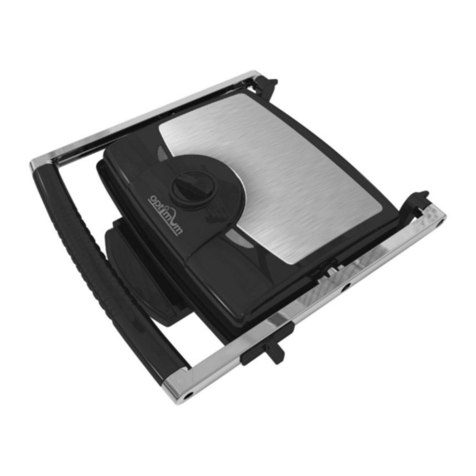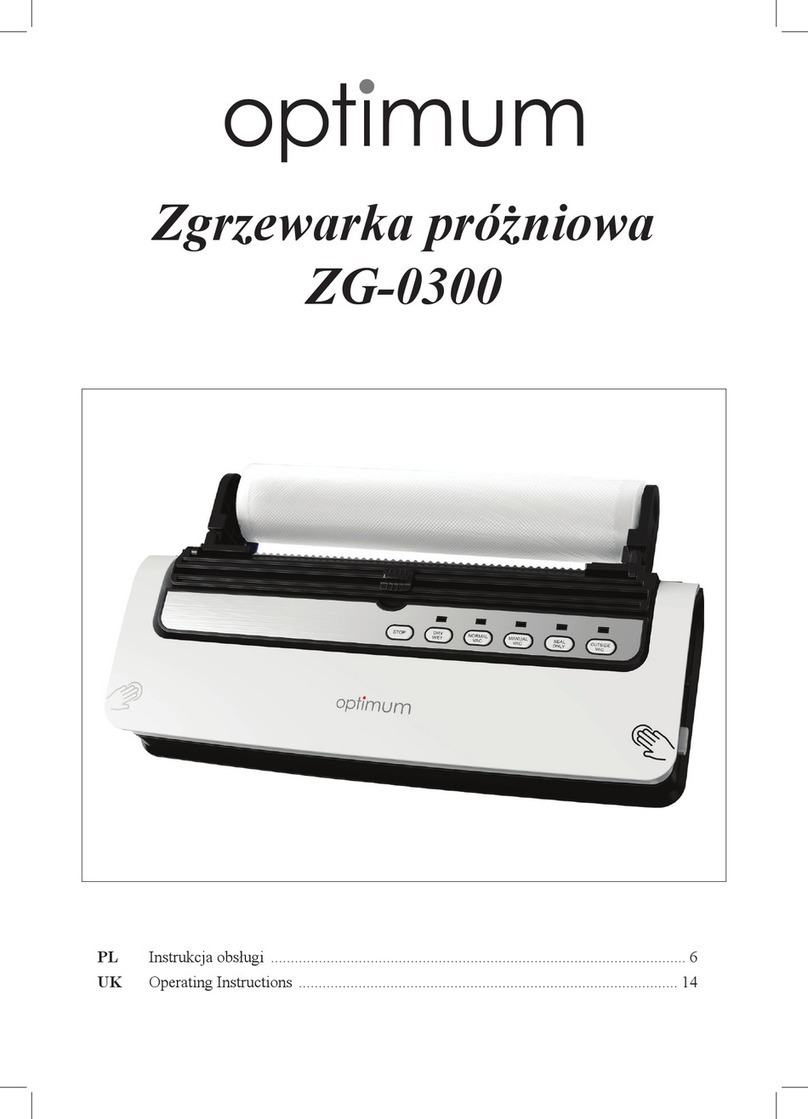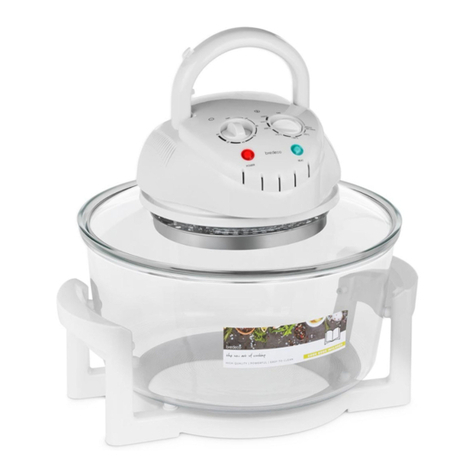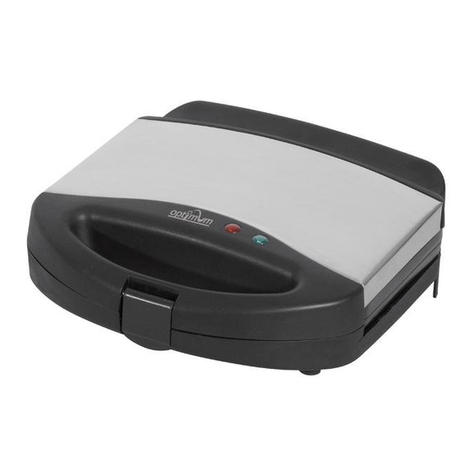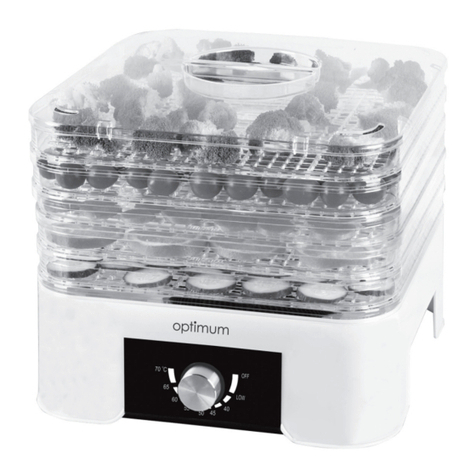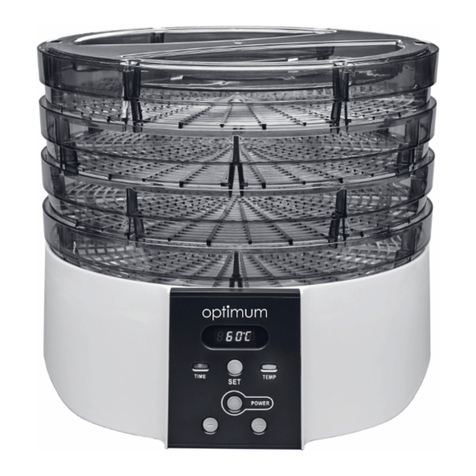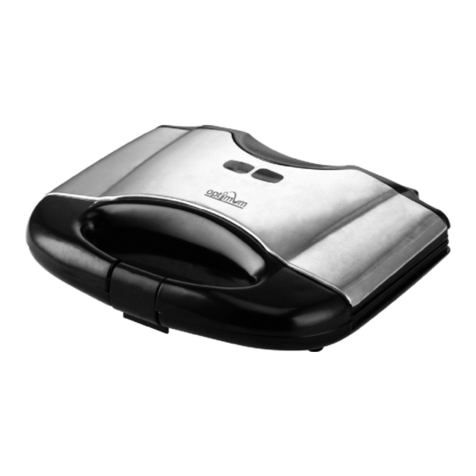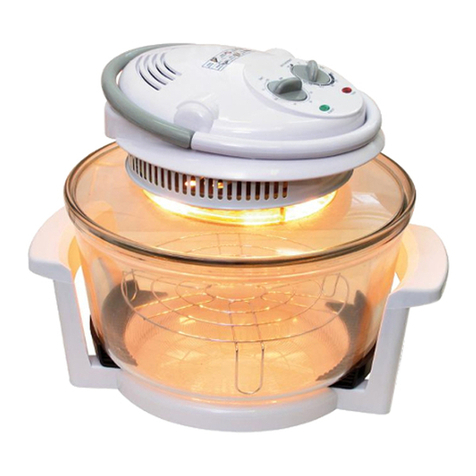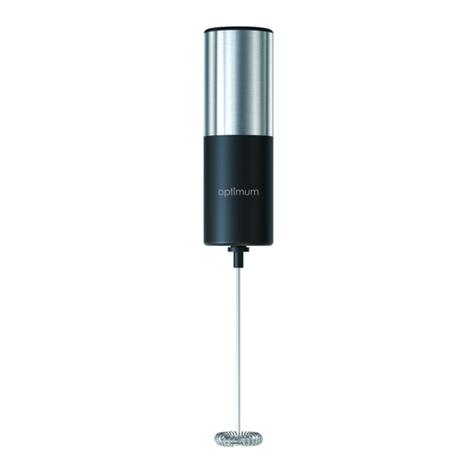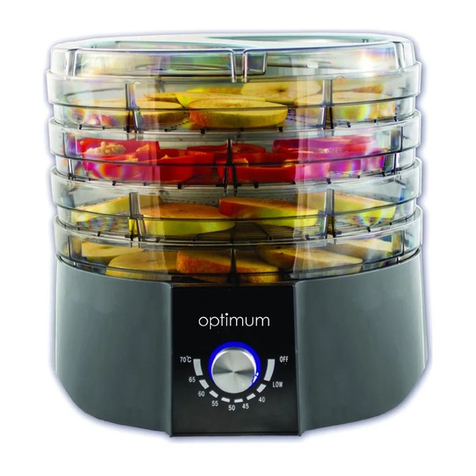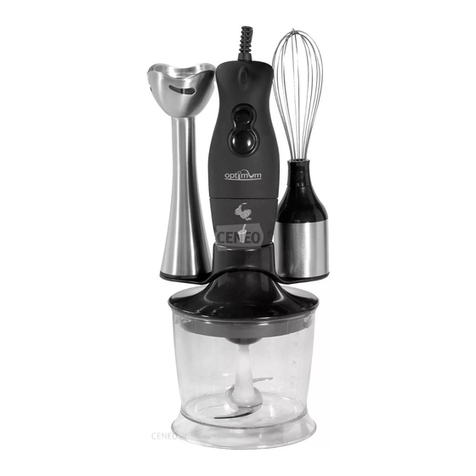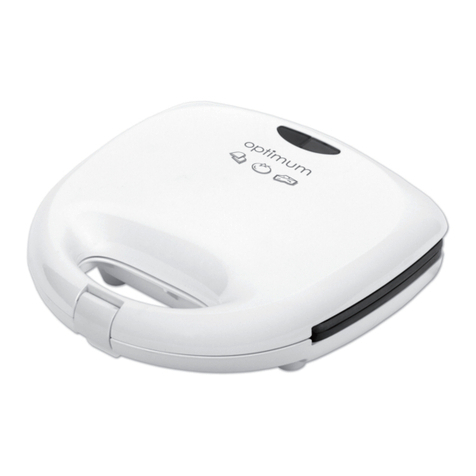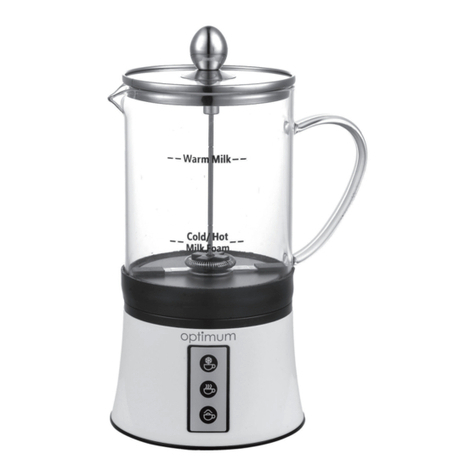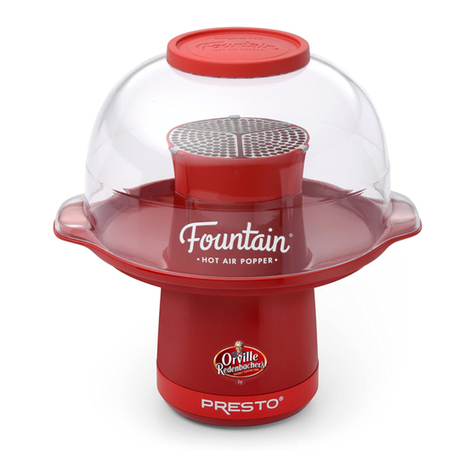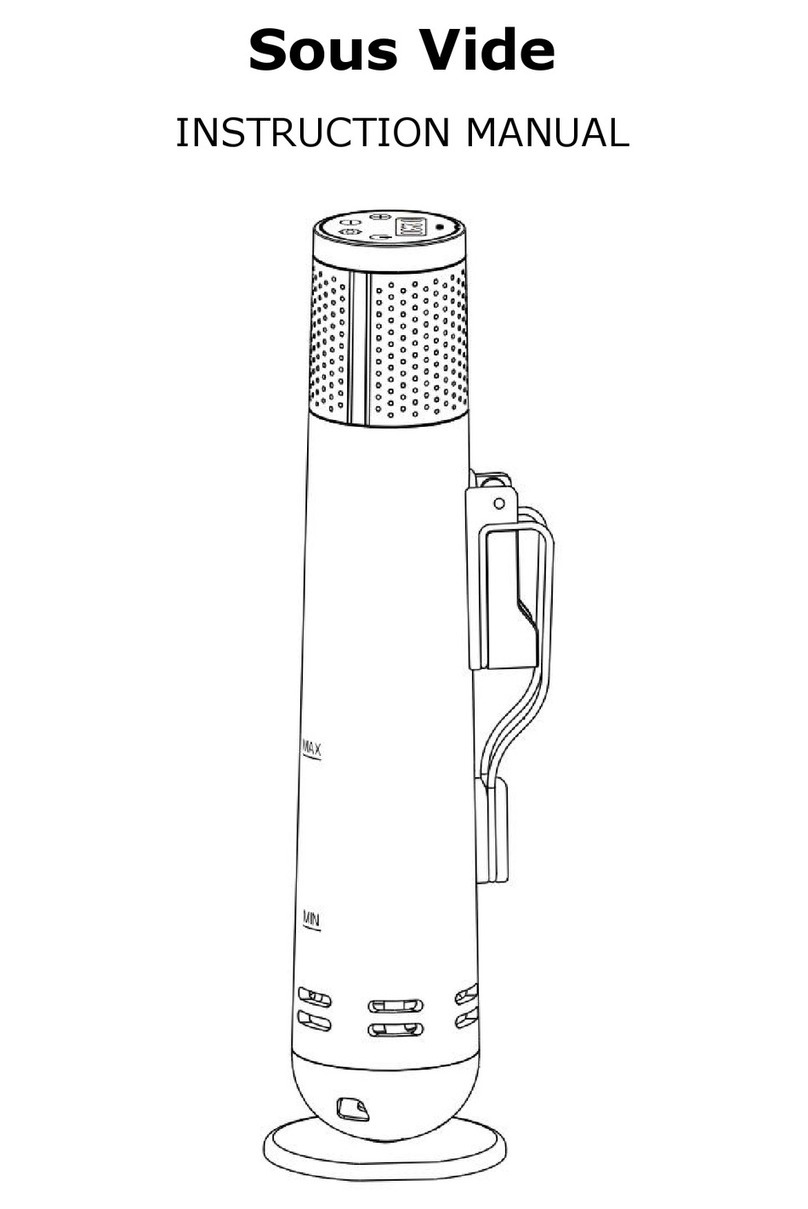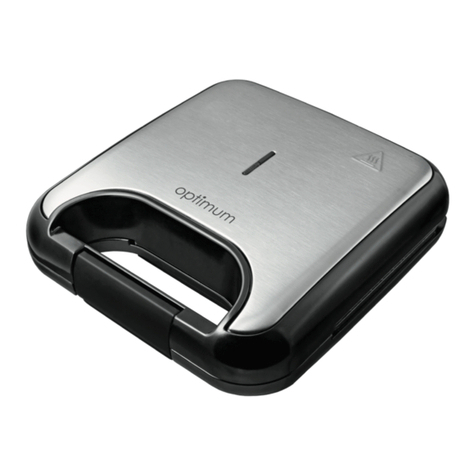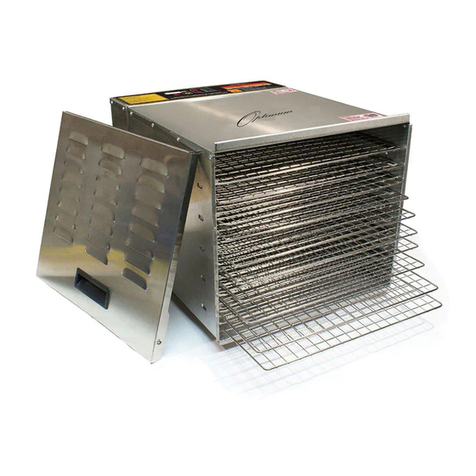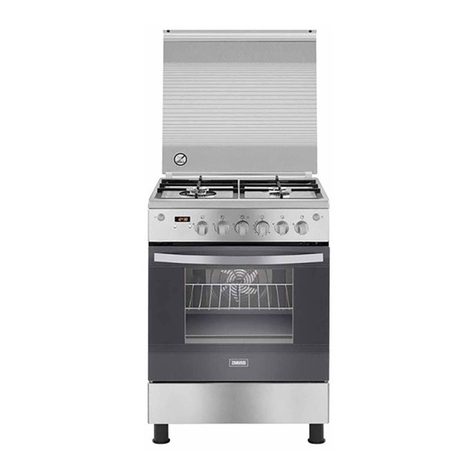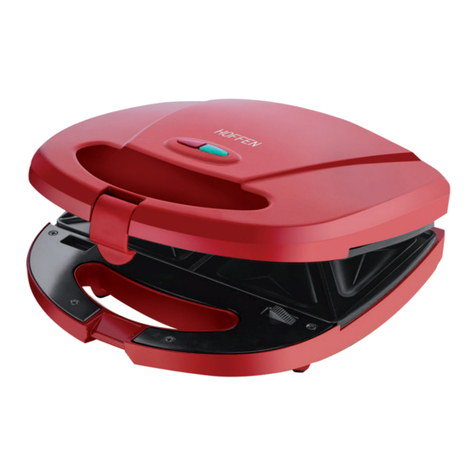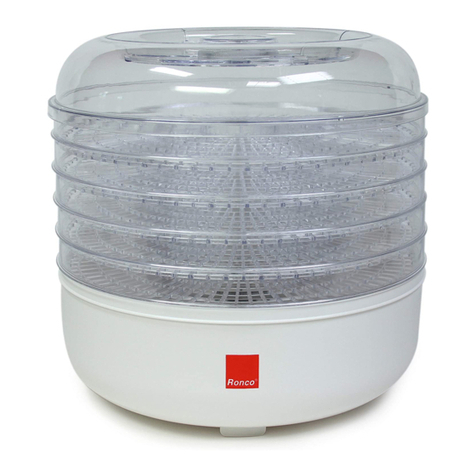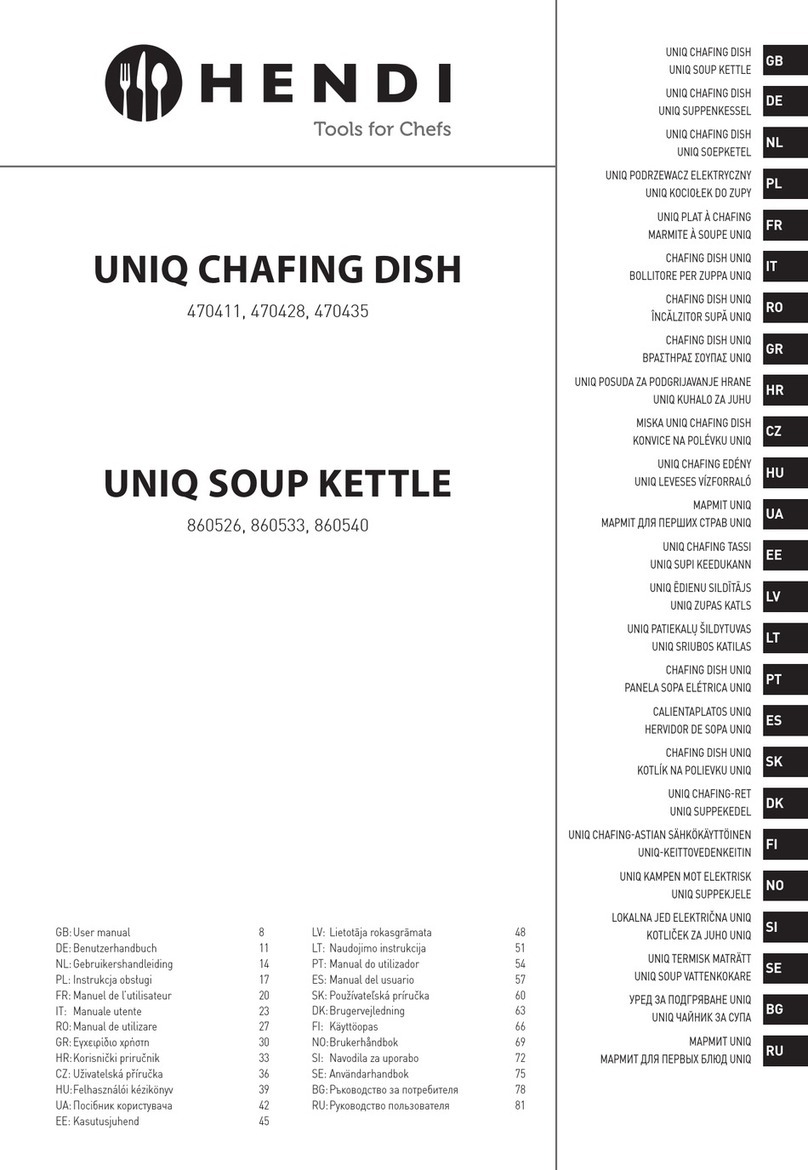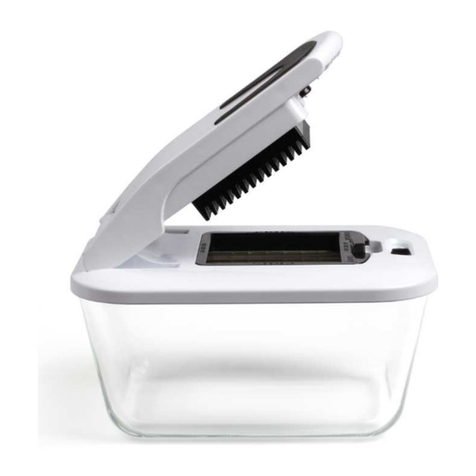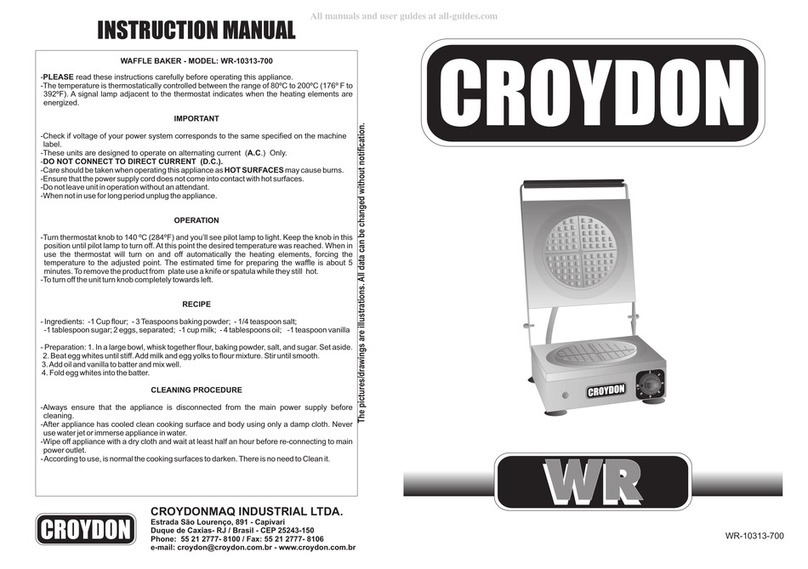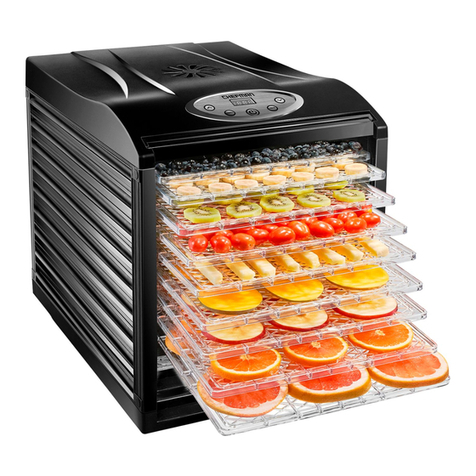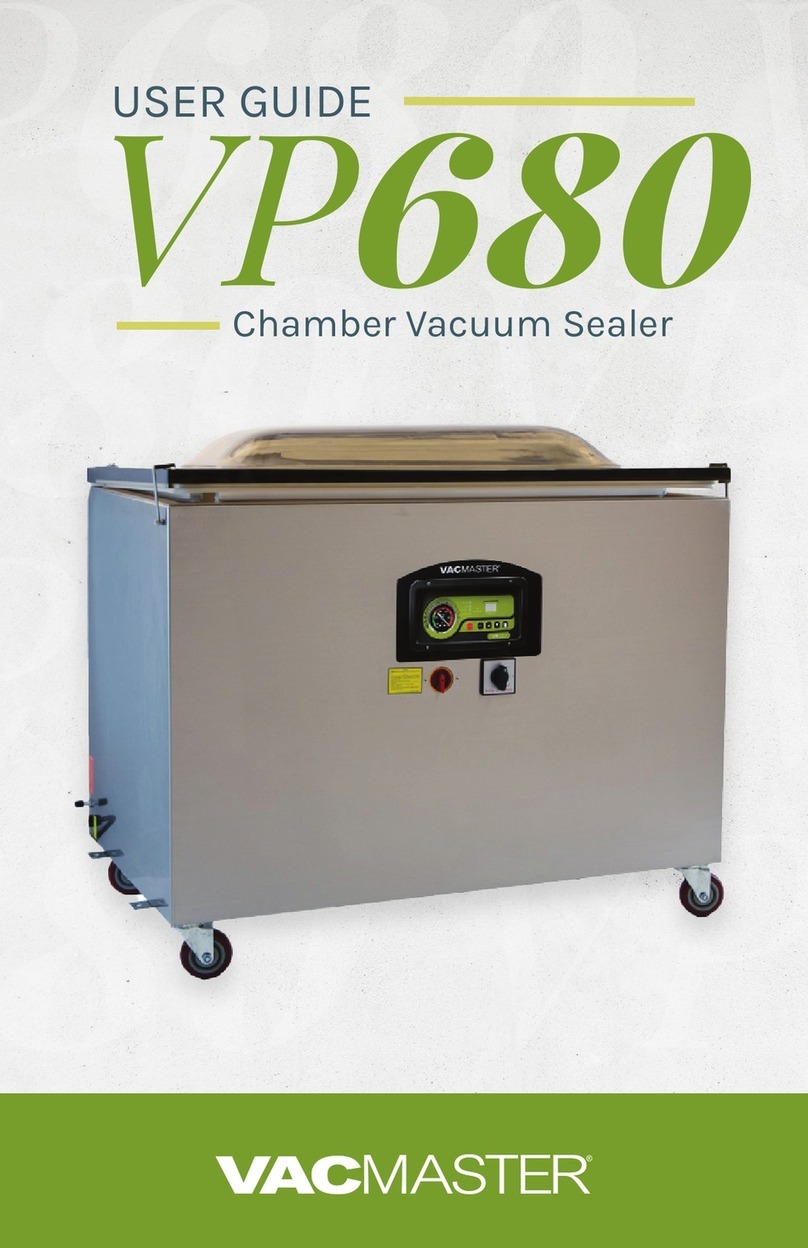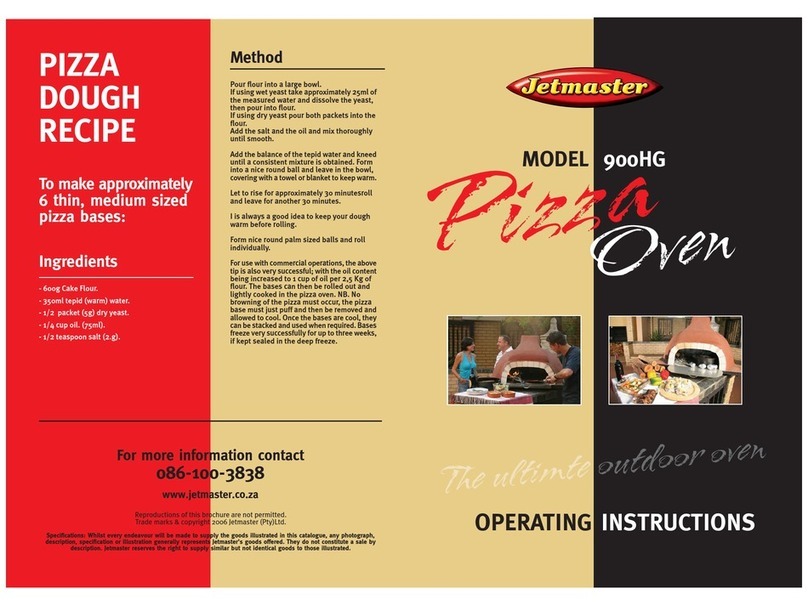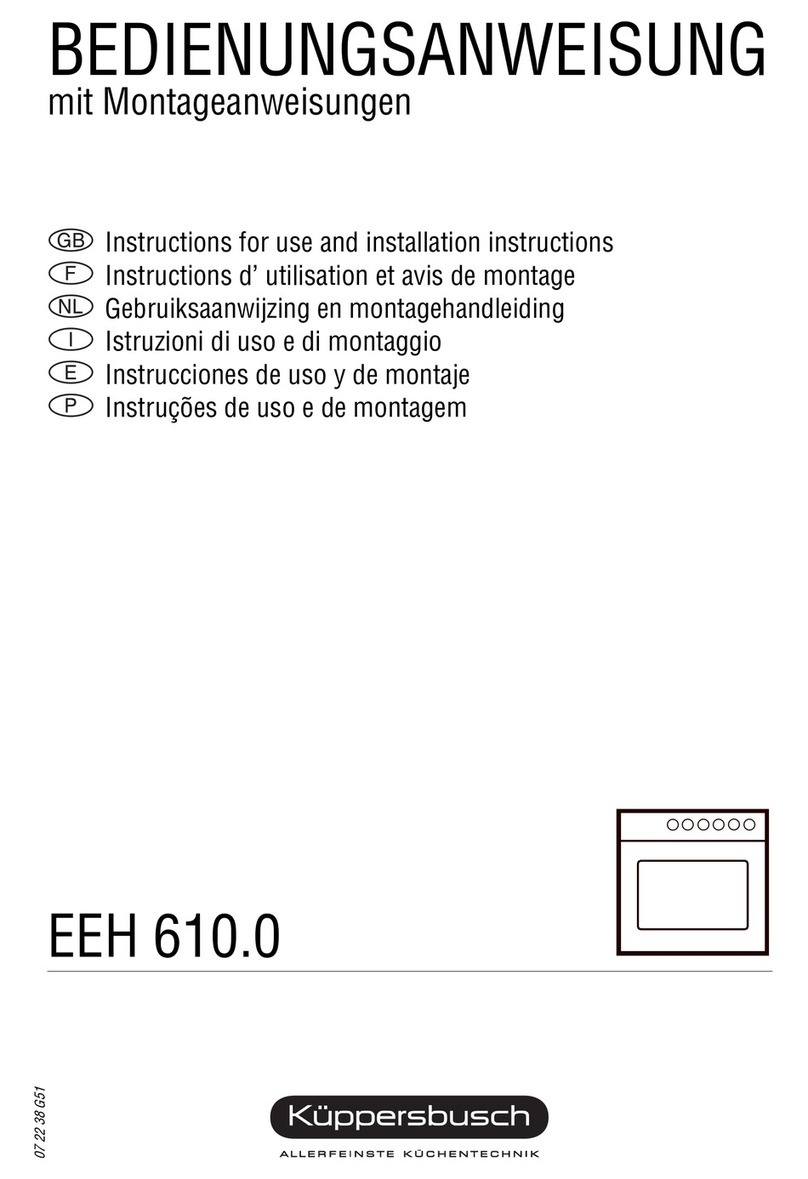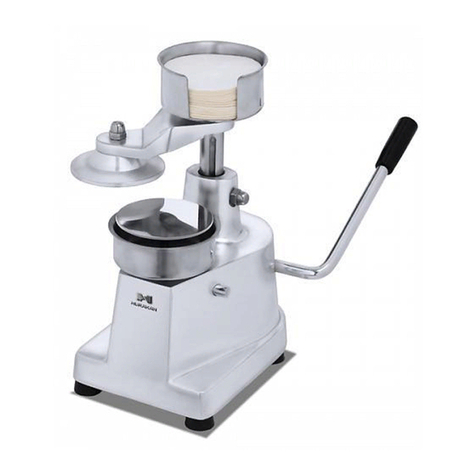
6 7
FOOD STORAGE
Dried foods should be allowed to cool before being sealed in an airtight container. This will prevent
the formation of condensation and ensure your produce has the longest possible shelf life.
When properly used, vacuum-sealed bags provide ideal storage. The less air present, the
less potential for the formation of bacteria and micro-organisms. Stored foods should be checked
monthly for bacteria, insects and mould. If any mould is detected, it is best to dispose of the produce
and ensure that you check your dehydration processing times and use a clean dry container in future
to prevent this occurring.
RE-HYDRATING
Dried foods do not need to be reconstituted for consumption. Many people prefer to eat them in
their dried state. However, if you want to reconstitute your food, here are some basic guidelines.
Soak the food in clean (ideally filtered) water for 3-7 minutes and then prepare as usual. If you are
boiling them, use the same water they soaked in to preserve nutrients.
If you plan to soak the food for more than 1 hour, it should be placed in the refrigerator to prevent
the growth of bacteria and micro-organisms. One cup of dried vegetables will reconstitute to about
2cups. One cup of dried fruit will reconstitute to about 1½ cups.
Reconstitution times will vary depending on the thickness of the food and the water temperature
used. Warm water will speed reconstitution but may result in a loss of flavour.
FOOD DRYING GUIDES
The following charts are guidelines for the preparation of various fruits, vegetables and meats. Drying
times will vary depending on the room temperature, relative humidity and moisture levels in the food
that you are drying. If the moisture level is low, the drying time will be short. However, if the moisture
level is high, the drying time will be longer.
When dehydrating foods, it is important to check on the dryness of the product. If the product is
not thoroughly dried, mould may form during storage (see Food Storage). To test for dryness, remove
a piece of food from the dehydrator and allow to cool to room temperature. Bend and tear the piece
to check for internal moisture.
Keep in mind that drying times are also aected by the amount of food placed on the shelves,
mesh or non-stick inserts. Over-loading the shelves will slow the drying time and may produce poor
quality results.
INCLUSIONS
Mesh tray insert
2 x Mesh tray insert, reusable and ideal for placing on top or underneath the ingredients being dried.
Non-stick insert
2 x Flexible non-stick tray insert, reusable and suitable to prepare fruit leathers, roll ups, cookies and
more.
FOOD STORAGE + RE-HYDRATING
FOOD PREPARATION TEST TIME
Asparagus Wash and cut into 1” pieces Crunchy 4-6 hours
Beans Wash, remove ends and cut into 1” pieces or
French style Crunchy 9-12 hours
Beets
Remove ½” of the top, scrub thoroughly,
steam blanch until tender. Peel and cut into
¼” thickslices.
Pliable 9-12 hours
Broccoli Wash and trim. Cut stems into ¼” pieces.
Dry florets whole. Crunchy 10-14 hours
Cabbage Wash and trim, Cut into ⅛” strips. Crunchy 8-11 hours
Carrots Wash and trim tops. Peel or scrape if desired.
Cut into ⅛” thick slices. Pliable 7-11 hours
Celery Wash, separate leaves and stalks.
Cut stalks into ¼” strips. Crunchy 3-10 hours
Corn
Shuck corn and trim silk. Steam until milk is set.
Cut kernels from cob and spread on plastic screen.
Stir several times during drying.
Crunchy 7-10 hours
Cucumber Wash and trim. Cut into ⅛” slices. Pliable 4-8 hours
Eggplant Wash and peel. Cut into ¼” slices. Pliable 4-8 hours
Mushroom Wash and cut into ⅜” slices. Pliable 4-7 hours
Parsnips Scrub thoroughly, steam blanch until tender.
Peel if desired and cut into ⅜” thick slices. Pliable/ Tough 7-11 hours
Peppers Wash and remove stems, seeds and white section.
Pat dry. Cut into ¼” thick strips or rings. Pliable 4-8 hours
Potatoes
Use new potatoes. Wash, peel if desired.
Steam blanch 4-6 minutes. Cut french-fry style,
¼” slices, ⅛” thick circles or grate.
Crunchy/
Pliable 7-13 hours
Summer Squash Wash and peel. Cut into ¼” slices. Pliable 10-14 hours
Tomatoes Wash and remove stems. Slice into ¼” circles. For
cherry tomatoes, slice in half, dry skin side down. Pliable 5-9 hours
Zucchini Wash, peel if desired. Cut into ¼” slices or chips. Crunchy 7-11 hours
VEGETABLES AT 52°C (125°F)

